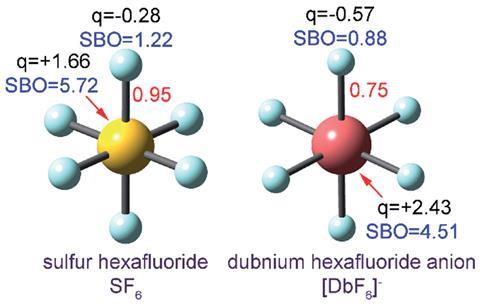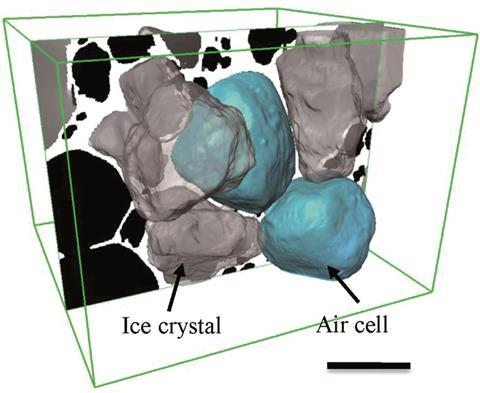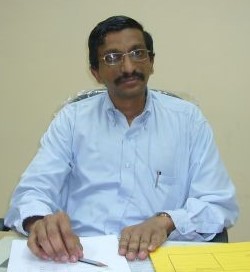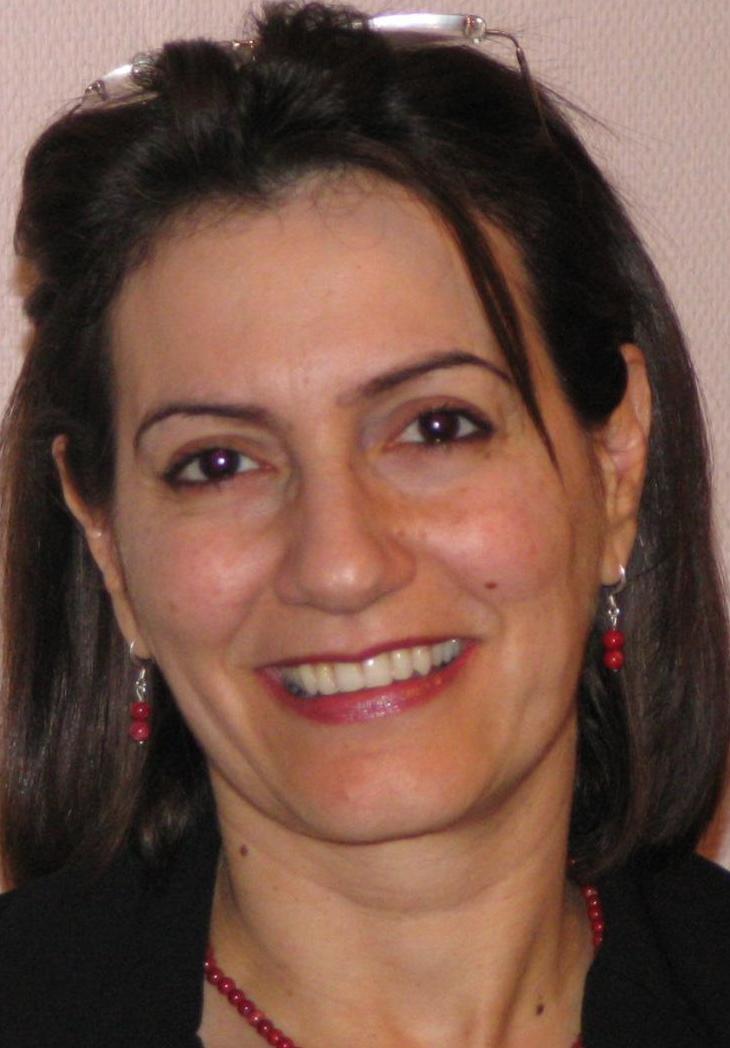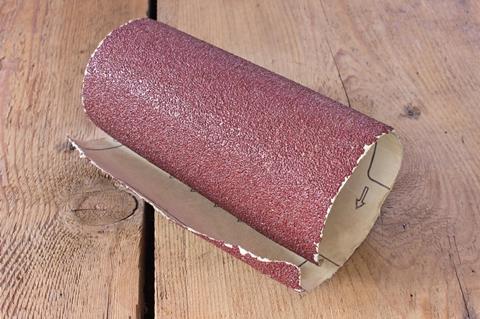The 19th National Meeting of Analytical Chemistry (ENQA) was held from September 16th – 19th in Caldas Novas/GO together with the 7th Ibero-American Congress of Analytical Chemistry (CIAQA). The event received 1218 registrations from 25 Brazilian states and the Federal District with 1112 works presented in poster form.
The event was attended by speakers and participants from different countries such as Argentina, Portugal, Canada and the United States and had three thematic sessions. One of was titled a “Meet the Editor Session” and was sponsored by the Royal Society of Chemistry. This had the participation of the following editors: Dr. Carlos D. Garcia (associate editor, RSC Advances), Dr. Susan M. Lunte (former editor in chief, Analytical Methods) and Dr. Jailson Bittencourt de Andrade (associate editor, Analytical Methods). The present public had the opportunity to discuss general and ethical aspects about “What to publish”, “Where to publish” and “How to publish with quality”.
The following were awarded for their work:
RSC Advances Award
Title: Amperometric detection of citrus tristeza virus using a disposable microfluidic device
Winner: Tayane A. Freitas (Federal University of São Carlos)
Full list of authors: Tayane A. Freitas, Camila A. Proença, Thaísa A. Baldo, Elsa M. Materón, Ademar Wong, Rodrigo F. Magnani and Ronaldo C. Faria
Analyst/Analytical Methods Award
Title: Analytical method for the determination and chemical analysis of selenium speciation in milk and infant formula: analysis by isotope dilution and hyphenated techniques
Winner: Bernardo F. Braz (Federal University of Rio de Janeiro)
Full list of authors: Bernardo F. Braz, Vânia O. Trinta, Hélio F. da Rocha, Patrícia de C. Padilha, Cláudia Saunders Maria L. Fernández-Sánchez, Alfredo Sanz-Medel and Ricardo E. Santelli
There were also four symposiums were held at the event, covering “Innovation and Entrepreneurship”, “Passive Sampling in Environmental Chemistry”, “Advances in Spectrometric Analysis” and “Recent Advances in Analytical Instrumentation” and “Development of Chemical Sensors”. All the symposiums had the participation of renowned researchers in the area and had crowded rooms. The Symposium “Advances in Spectrometric Analysis” was dedicated to the memory of Professor Bernhard Welz.
Further information about the meeting can be found on the ENQA webpage.











